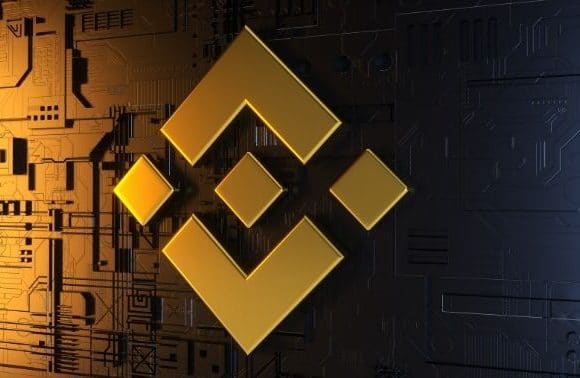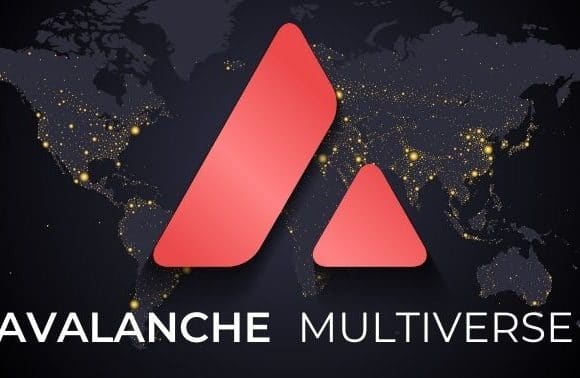When Gavin Wood co-founded Ethereum, he said that it would allow people to interact for mutual benefit without requiring trust. An open platform would theoretically pave the way for Web3. This decentralized or distributed network architecture would provide the framework for a genuinely available internet where we wouldn’t have to blindly trust big businesses with our data or seek their permission to join.
However, since its launch in 2015, Ethereum has continually failed to innovate or adapt. Transaction fees and transaction speeds for decentralized apps (DApps) have proven excessively expensive. Wood left Ethereum in 2016 to build Polkadot, a decentralized Web3.
The blockchain of blockchains has had a busy year, starting with the launch of Kusama, its canary network. Kusama’s motto is “expect chaos.” Considering the network’s expected instability during its parachain auctions, the team built a robust Polkadot foundation and ultimately decentralized Web3. Find more details here about the future of DOT.
Polkadot’s interactivity sets it apart from Ethereum and other blockchains. Polkadot’s focus on parachains, or parallelizable chains, helps advance one of Web3’s core principles: The capacity of different systems to communicate. Because Polkadot’s cross-chain composability allows data to be shared between parachains, new use cases emerge. Parachains can also be bridged to other networks like Bitcoin, Ethereum, etc. Unlike Ethereum’s shards, which are similar in architecture but less versatile.
Polkadot is built on the Relay Chain, the network’s core chain, allowing developers to establish their private blockchains safely. While the current relay chain permits transfers, enforces governance principles, and stakes the Polkadot network, future parachains will improve functionality and cross-chain interoperability.
Parachains are the spokes of Polkadot if the Relay Chain is the hub. Each parachain has its blockchain, services, and money. This is because the Relay Chain lacks smart contracts and other specialized capabilities.
Parachains are not bound by anything other than the requirement to be trusted. Polkadot limits each project to 100 parachains, fostering competition. Parachains must outbid other initiatives in an auction to link. Parachain bonds Polkadot (DOT) tokens to pay the leasing cost (parachain slots are never sold, only leased). Because parachain spaces are limited, Polkadot prioritizes serious and high-quality initiatives.
Kusama is a network designed to be a “canary in the coal mine” for Polkadot. It is a dynamic platform that allows change agents to regain control, spark innovation, and disrupt the status quo.
You may mistake Kusama for Polkadot because of its virtually identical style and structure, as well as its ability for quick upgrades. The network has been used to design and test upgrades for parachain candidates and Polkadot’s sharded approach.
Kusama’s scalable multichain solution relies on permissionless auctions to link parachains to the network through the Relay Chain. When Polkadot originally announced its parachain auctions, it highlighted Kusama’s 11 parachain auction wins since June. Since then, over 49,000 unique addresses have donated over 2.4 million Kusama tokens, exhibiting community interest.
Also, the lack of technical issues during the parachain auctions enabled Polkadot’s auction preparations. Its success is contingent on a cautious rollout, with just half the parachains prioritizing quality above quantity. Polkadot’s future is undeniably positive, thanks to Kusama’s success.
It all starts with parachain auctions, like the current ones on Kusama. Web3 aims to give consumers back control of the internet, as shown in the open-source parachain auctions. A decentralized Web3 is secured by joining multiple different blockchains. Polkadot’s current parachain auctions are sure to succeed. Thanks to Polkadot, Kusama will undoubtedly be connected in the future, enabling true cross-network interoperability.



